For many pet owners, cats are not just animals but cherished family members with distinct personalities. While it’s easy to attribute a cat’s behavior to its unique experiences and upbringing, some people believe that a cat’s fur color might offer insights into its temperament. Let’s delve into the fascinating world of feline genetics and behavior to explore the potential connection between cat fur color and personality traits.
The Role of Genetics in Fur Color
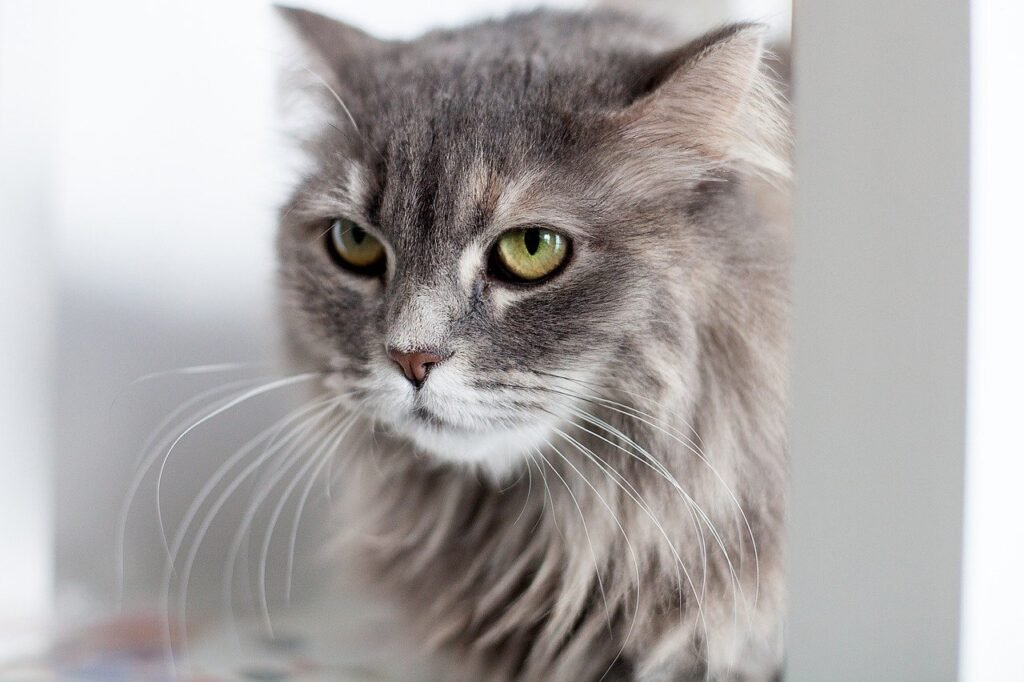
To understand the relationship between cat fur color and personality, it’s essential to first comprehend the genetic factors that determine a cat’s coat. Cat fur color is primarily influenced by two types of pigments: eumelanin (black/brown) and pheomelanin (red/yellow). Multiple genes interact to produce the array of colors and patterns we see in domestic cats. These genetic variations also play a part in a cat’s sensory and neurodevelopmental functions, which could, in turn, have implications for behavior.
Exploring the Basis of Cat Personality
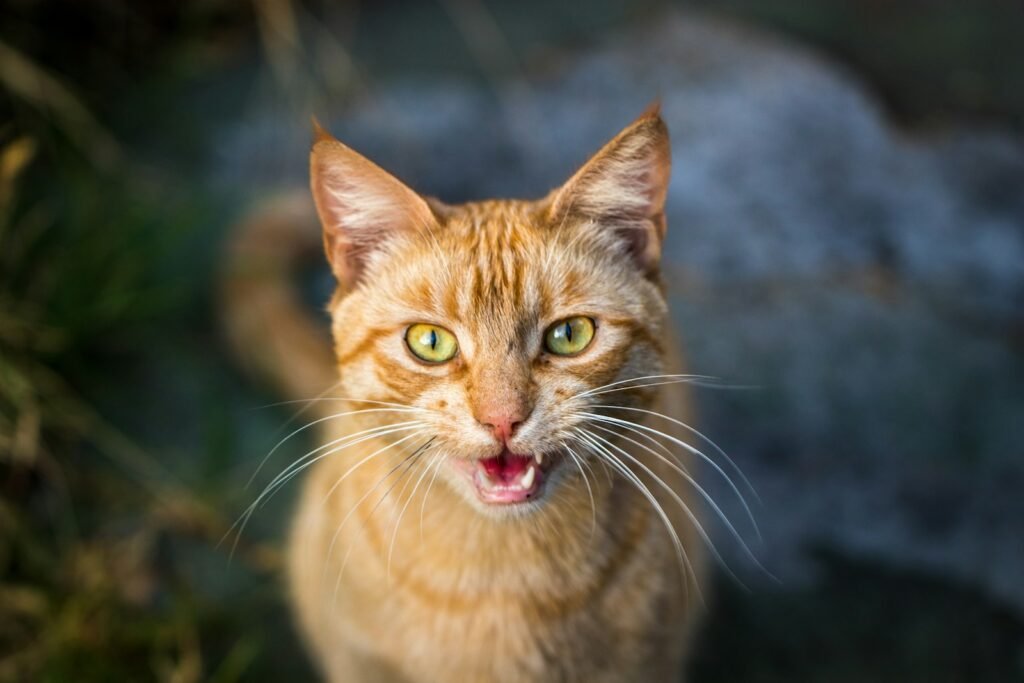
Cat personality is shaped by a combination of genetics and environment. Just like humans, each cat has its own temperament, which can be influenced by factors such as socialization, life experiences, and even the temperament of its parents. Research on feline behavior often categorizes cats into different personality types, such as bold, timid, social, or aloof, to better understand how cats interact with their environments.
Do Cat Colors Correlate with Personality?
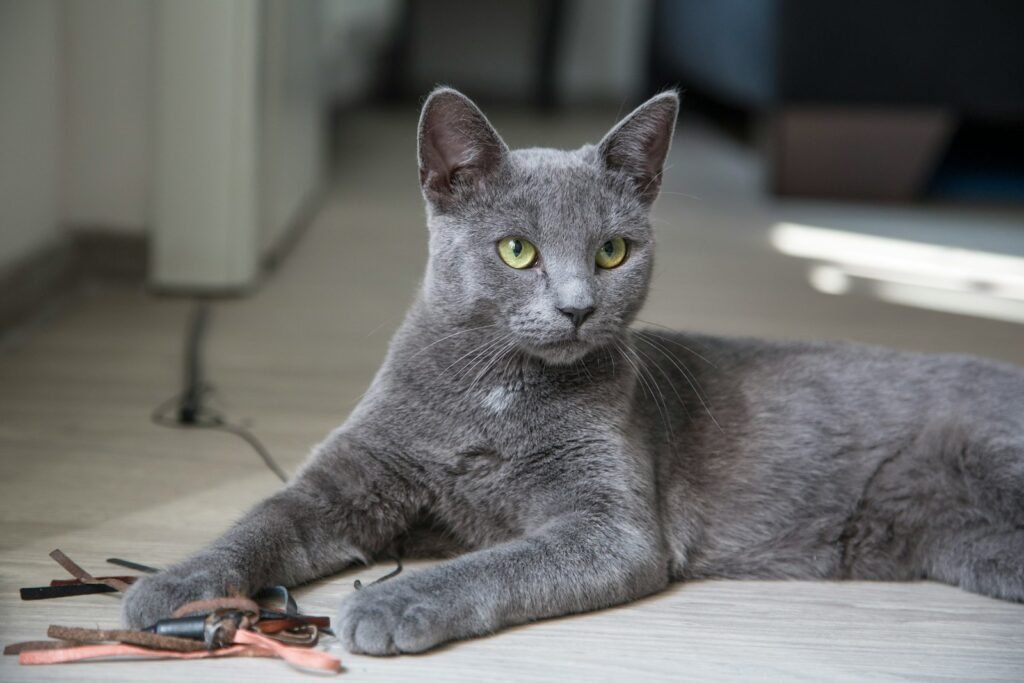
The idea that fur color might correlate with personality is an intriguing topic that has captured the interest of researchers and cat lovers alike. While there is no consensus in the scientific community, some studies suggest potential links between specific fur colors and behavioral traits. However, these connections are often anecdotal and require more scientific examination to be validated.
Black Cats: Myths and Realities
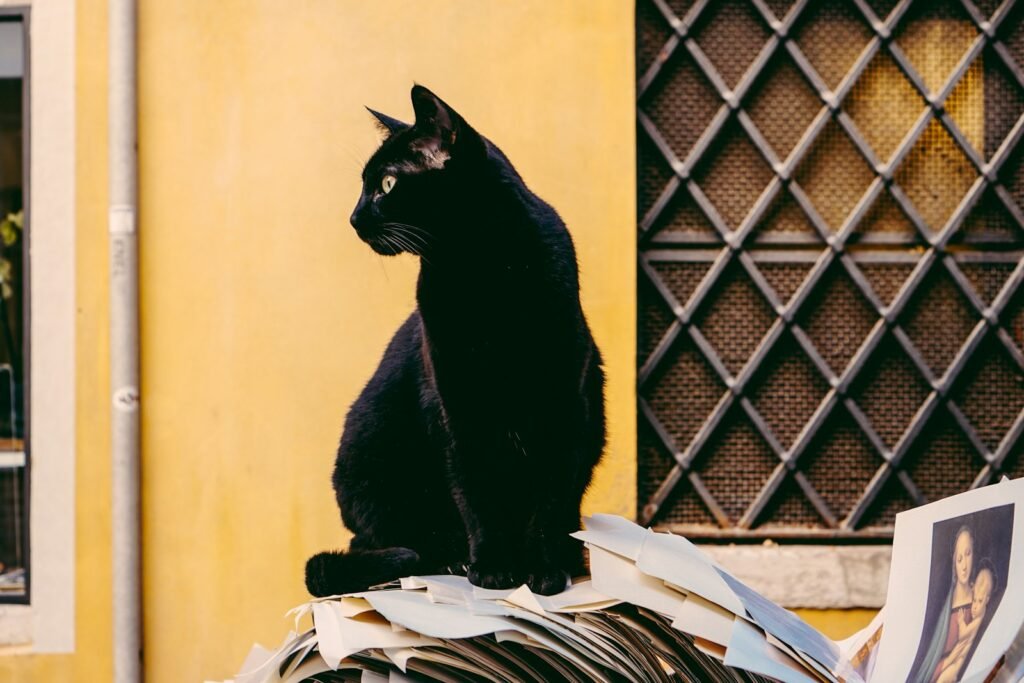
Black cats have long been associated with superstitions, both positive and negative, across different cultures. Some people believe that black cats are more mysterious or aloof, but research suggests they are generally no different from other cats in terms of friendliness and behavior. The characteristics of black cats are more likely to be influenced by individual and environmental factors than by color alone.
Orange Cats: Social Butterflies?
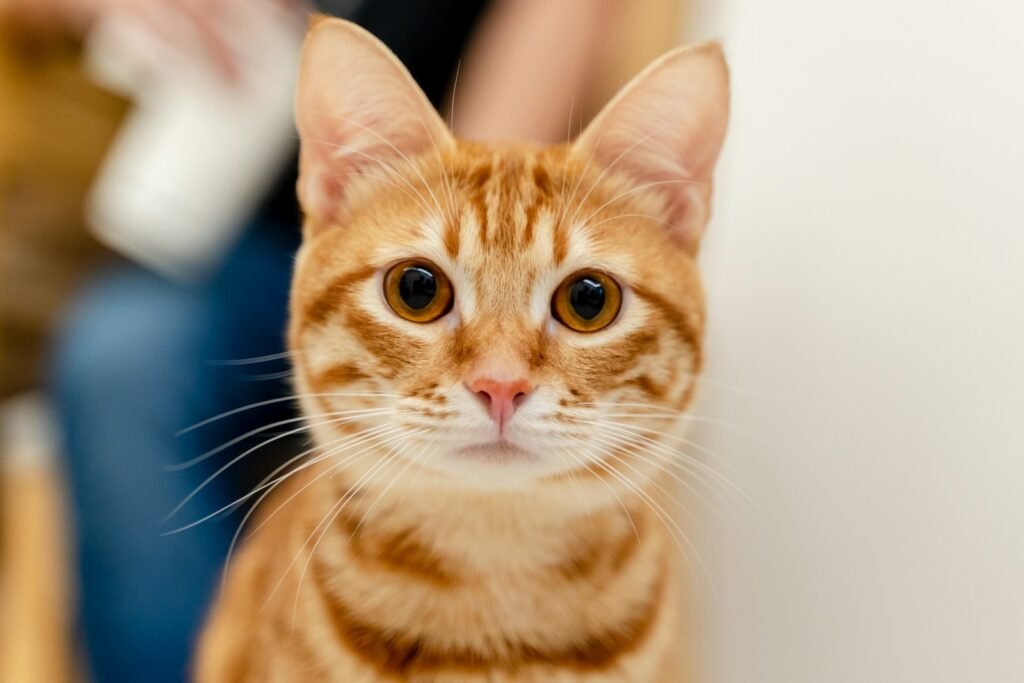
Orange cats, often called ginger or marmalade cats, are frequently believed to be more social and friendly than their peers. This stereotype is supported to some extent by surveys and anecdotal evidence, but scientific studies have yet to conclusively determine if orange cats are inherently more sociable or if this perception arises from the larger-than-life personalities displayed by famous orange cats in media.
Calico and Tortoiseshell Cats: Known for “Tortitude”

Calico and tortoiseshell cats are often known for exhibiting “tortitude” – a playful term used to describe their reputedly strong-willed and sassy nature. Due to the genetic basis for their distinctive patterns, nearly all calico and tortoiseshell cats are female, which may contribute to the personality traits often associated with them. However, it’s challenging to discern whether such traits are innate or amplified by their human companions’ expectations.
White Cats: Sensitivity and Special Needs
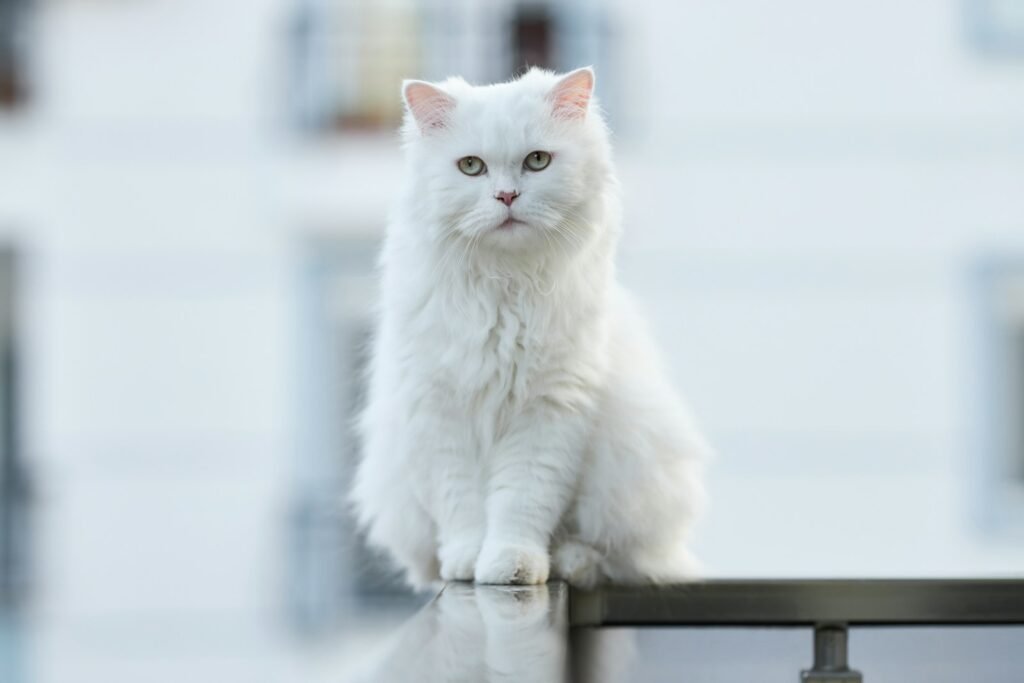
White cats sometimes attract the stereotype of being shy or antisocial. It’s important to note that white cats may have special needs, such as increased sensitivity to sunlight or a higher likelihood of being deaf, particularly if they have blue eyes. These health issues can influence their behavior. For example, a deaf cat might develop unique ways of interacting with its environment that differ from other cats.
Factors Other Than Color That Influence Feline Behavior
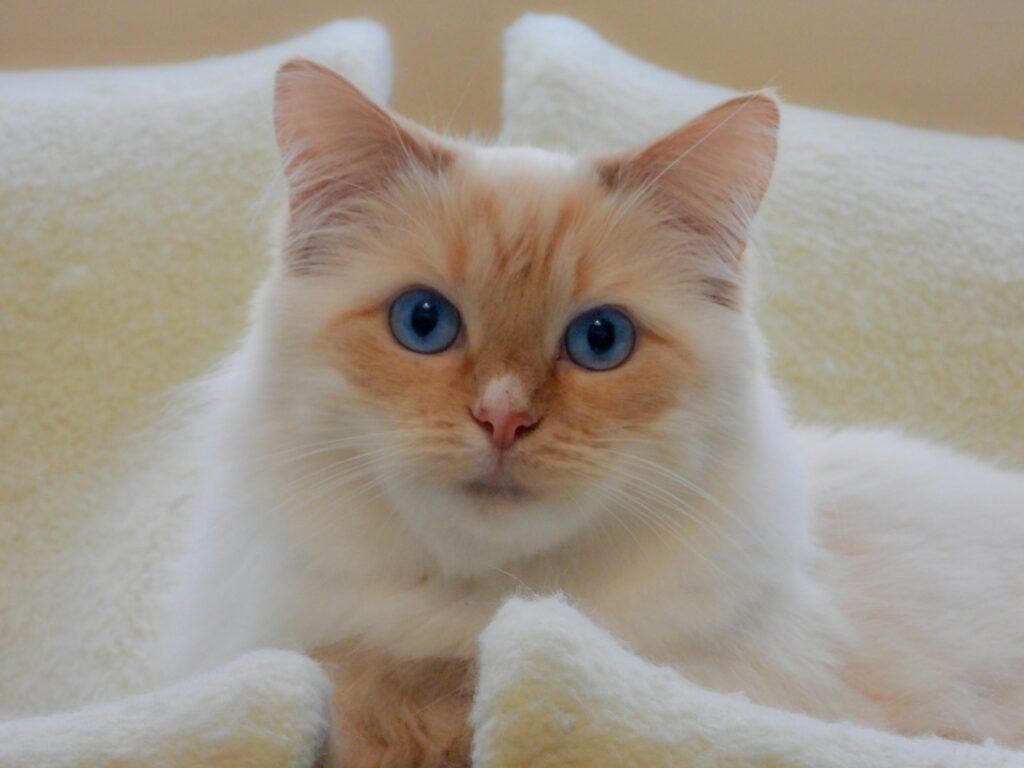
While fur color can be an engaging topic, it’s crucial to remember that a myriad of factors contribute to a cat’s personality. Age, breed, health, early socialization, and the behavior of guardians all significantly affect a cat’s demeanor. When assessing a cat’s personality, it’s wise to consider a holistic view rather than attributing behaviors solely to coat color.
The Need for Further Research
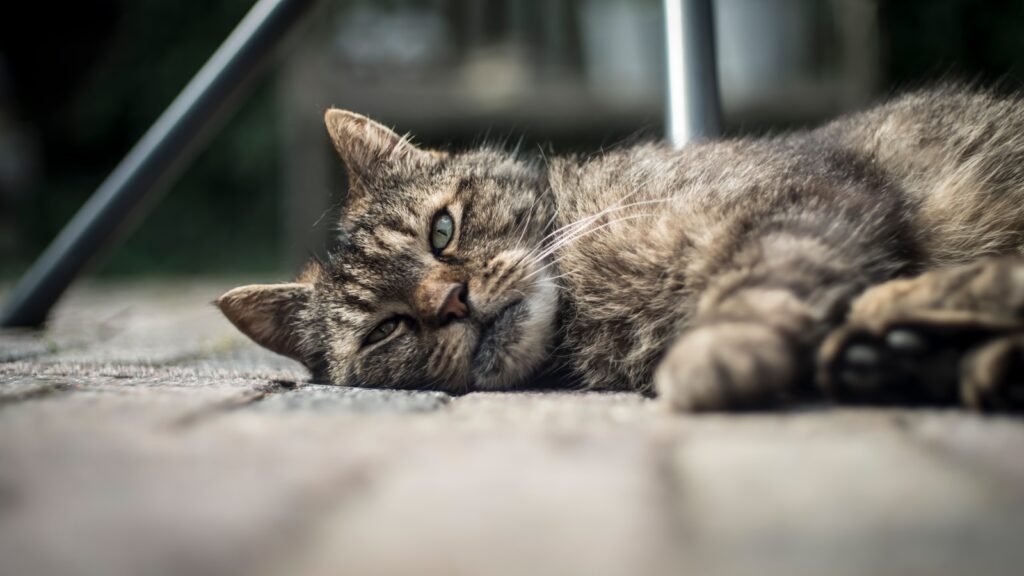
Current studies on the link between fur color and personality traits in cats offer interesting insights but are far from definitive. The majority of evidence is anecdotal, and rigorous scientific research is necessary to establish any meaningful connections. As the understanding of animal genetics and behavior advances, we may gain more detailed insights into how a cat’s genetic makeup potentially influences its personality.
Conclusion: Celebrating Feline Diversity
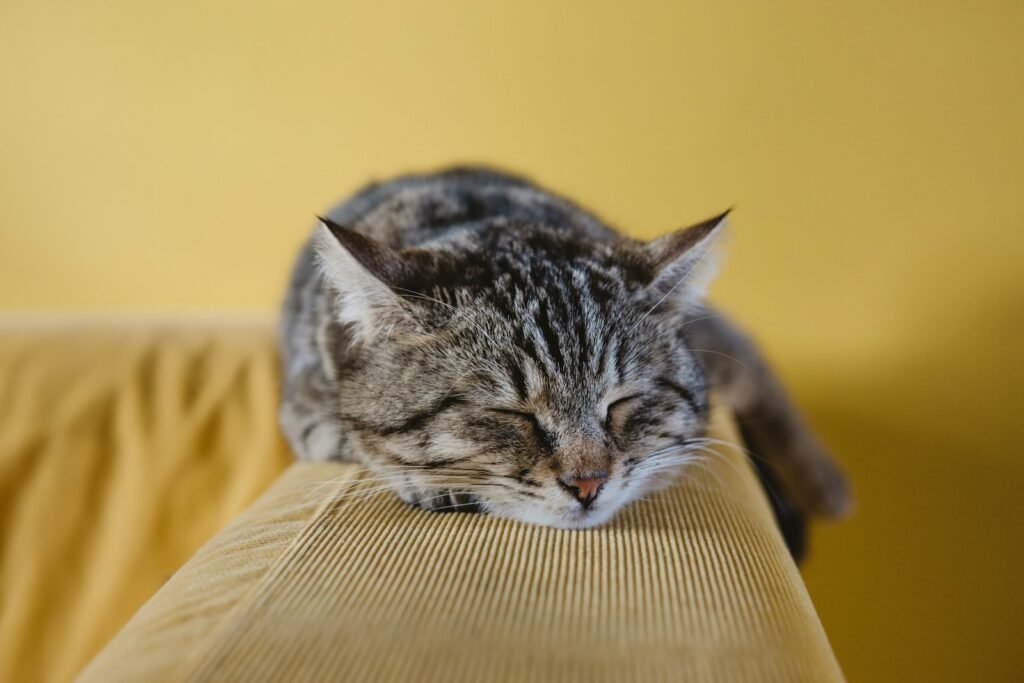
Whether or not a cat’s fur color plays a significant role in its personality remains an open question. What is undeniable, however, is the vast diversity of feline characters regardless of their coat. Rather than focusing solely on color, celebrating each cat’s unique personality and individual traits can provide the richest and most rewarding relationships with our feline companions.

Growing up traveling and experiencing new cultures and wonders, I have had a passion for nature, adventuring, photography, and videography. I am currently working towards a BSc in Biodiversity and Ecology at Stellenbosch University, and I hope to specialise in Marine Sciences one day.
Please send any feedback to Feedback@animalsaroundtheglobe.com






